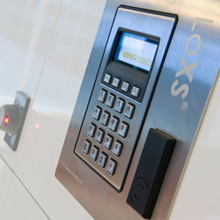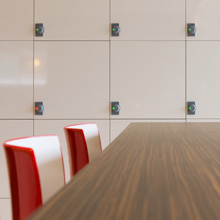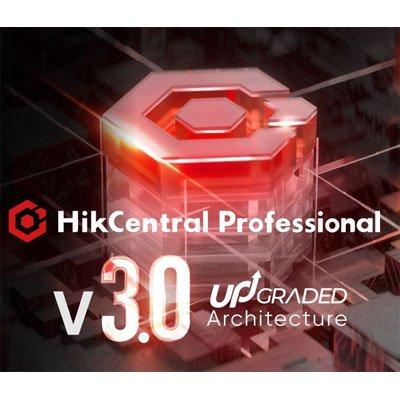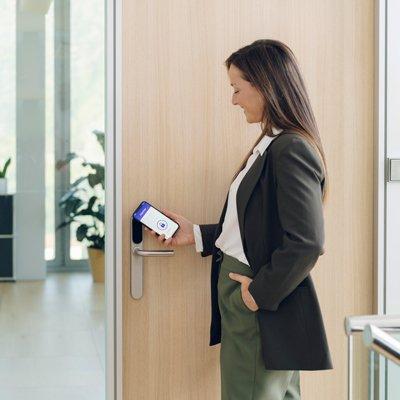 |
| Nedap Locker Management’s strength is that it allows for dynamic locker management |
In October 2010, Getronics BeLux relocated and introduced a radical improvement in working conditions. From then on, employees could work whenever they wanted to, and wherever was most convenient, as long as they delivered results. The new approach clearly had consequences for security and access. When the clean desk policy went into action and all drawer units were eliminated, employees needed a new place to store their belongings. Enter Nedap Locker Management.
Getronics pioneered flexible office space with the “New World of Work” (NWOW). This meant desks were no longer dedicated to a person, but to a task. The result was a strict clean desk policy. To guarantee full flexibility, all drawer units were banned.
However, everyone still needed a locker to store their own office supplies and personal effects. Getronics felt traditional lockers would be inflexible, and managing physical keys difficult and time consuming. Security Manager Patrick De Waen sought a more sophisticated and convenient solution. He remembered once using an RFID wristband to open a swimming pool locker and asked the architect designing the new Getronics building to explore the feasibility of this solution. This is how Getronics found Nedap Locker Management.
Intuitive locker management
Getronics’ experience with the lockers has been entirely positive. Employees find them easy and intuitive to use, so acceptance is widespread.
One of Nedap Locker Management’s strengths is that it allows for dynamic locker management. Getronics opted for this functionality even though in practice employees use the lockers as personal lockers (static).
Security concept
NWOW is based on trust once people are in the building. Security follows a three-tier concept. At level A (the macro environment), people have free access to registration and reception; at level B (meso environment), visitors are issued clearly recognisable badges and may not move around unaccompanied. Anyone without a badge or walking alone with a visitor badge is approached by security. At level C (micro level), security is aimed at controlling the use of systems, such as printers and lockers. These three levels are not integrated, but they do recognise the same badge.
 |
| Getronics’ experience with the lockers has been entirely positive |
Acceptance
When Getronics became one of the first companies in Belgium to implement NWOW, employees rapidly embraced the system. Getronics invested heavily in change management to make the transition smooth. People were properly prepared and the implementation was well-planned. Employees were moved to the new premises in groups of 100. Implementation of NWOW is based on three equally important pillars: facilities, IT and company culture. Dedicated hosts gave groups of employees tours of the new facilities. NWOW coaches introduced the changes in IT, demonstrating all the new technologies. Company culture was a tougher nut to crack. It took management time to accept the loss of visual control over people. Middle management changed as people were judged on results rather than hours put in. As a result, working from home is now perfectly acceptable.
Net results
NWOW is sustainable. Printing at the office is down drastically because so many people work from home and prefer to carry a USB stick rather than a stack of paper. Getronics has been using 30% less paper since October 2010.
The new building is 25% smaller than the old building, at 6,000 m². Getronics employs 300–350 people, but currently has 240 desks. And yet, employees feel they have more room. If all 350 employees were to show up at once, desk space would be scarce, but since the move occupancy has averaged 50–60%, leaving room to spare. There are 300–350 lockers, so everyone can have a personal storage space. Since October 2010, the lockers have functioned without a hitch.
The building is open from 6 a.m. to 10 p.m. Access outside these hours is possible in exceptional cases and with special permission. Getronics has organised work space into clusters. Although no one is obliged to sit with their own division, many tend to do so, since it makes sharing information easier. Employees in consulting and marketing tend to mingle more and are least tied to a fixed place.
Future
In the future, Getronics’ micro-level security regime could be developed further by expanding locker management to filing cabinets. Other possible changes include further reduction of desk space and expansion of conference rooms. This way the building becomes more like a meeting venue than office space.


















